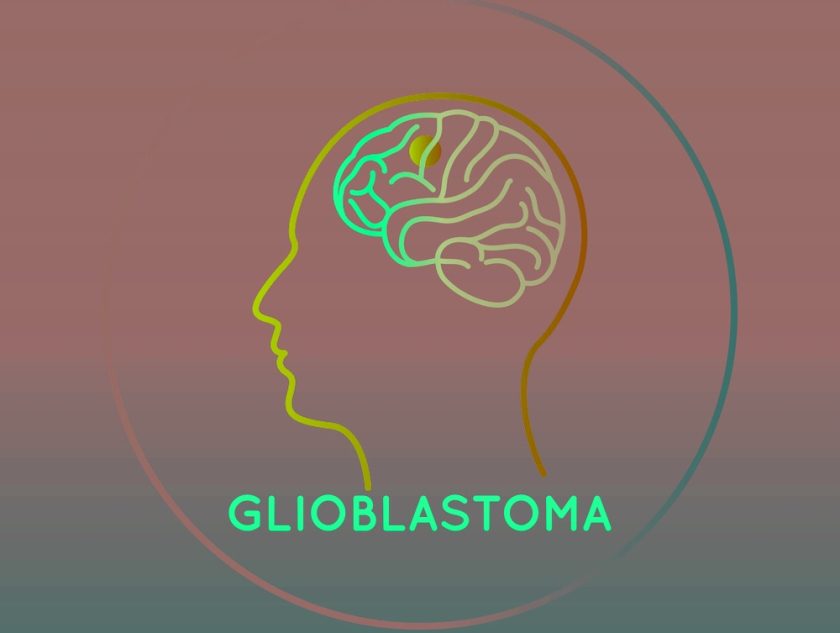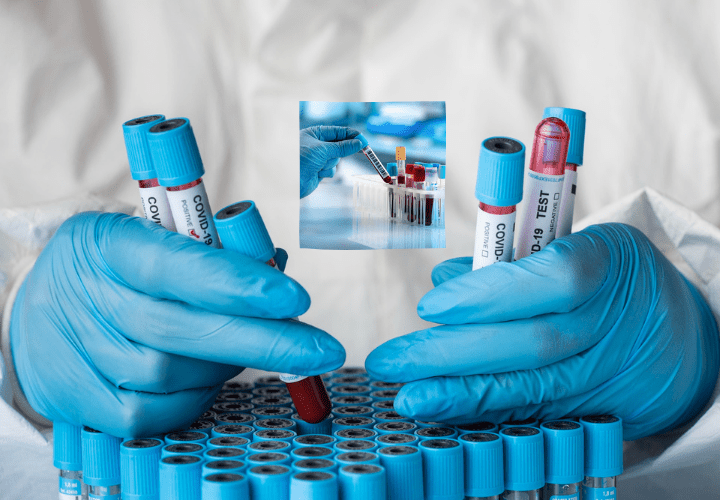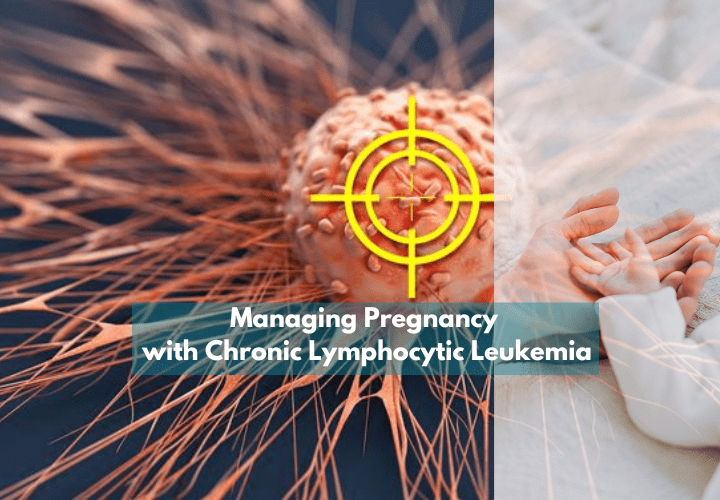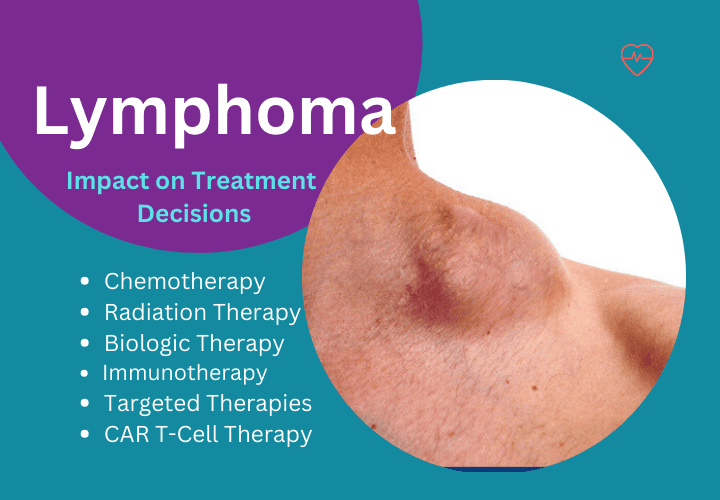Glioblastoma Everything you must know about this brain cancer

Glioblastoma Everything you must know about this brain cancer
- onco
- July 19, 2021
Glioblastoma is an aggressive form of cancer that occurs in the brain and/or spinal cord: it is formed from cells known as astrocytes which support nerve cells.
Glioblastoma can happen to anyone at any age, but trends have shown it to occur more in older adults. It can also lead to serious headaches that get worse with time along with nausea, vomiting and seizures.
Glioblastoma, also referred to as glioblastoma multiforme, is very difficult to treat and cure is often not really possible. Our expert cancer specialists are among some of Delhi’s best doctors for cancer treatment, and we admit that it is difficult to treat, but don’t lose hope because treatment can slow down the progress of the cancer with fewer signs and symptoms. Glioblastoma treatment is also uncommon, and some of Delhi’s best cancer hospitals may not be able to provide successful treatment.
Diagnosis of Glioblastoma
The tests and procedures that can diagnose glioblastoma are:
- Neurological exam. In a neurological exam, your doctor will ask about signs and symptoms, check your vision and hearing, sense of balance and coordination, strength and reflexes. Issues in one or more of these can provide clues about the section of your brain may be affected by a tumour.
- Imaging tests. Imaging tests help your doctor determine the location and size of the brain tumour and MRIs are used to diagnose brain tumours, along with specialised MRI imaging like functional MRIs and magnetic resonance spectroscopy. Other include CT and positron emission tomography (PET).
- Taking a sample of tissue for biopsy. A sample of suspicious tissue is extracted and analysed in a laboratory to test the types of cells and the level of aggression the cancer is showing.
These tests of the tumour cells can help doctors determine the types of mutations the cells are undergoing. This can provide some clues to your doctors about your prognosis and could even guide future treatment options.
Treatment of Glioblastoma
Glioblastoma can be treated through:
- A neurosurgeon will remove the glioblastoma and try and remove as much of the tumour as possible. However, as glioblastoma also grows into normal brain tissue, total removal is not possible. To counter this, most will have to receive further treatments post surgery to eliminate the remaining cells.
- Radiation therapy uses high-energy beams like X-rays or protons, to destroy cancer cells and is mostly recommended after surgery and along with chemotherapy.
- Chemotherapy involves the use of drugs for killing cancer cells. In a few cases, really thin, circular wafers that contain chemotherapy medicine are placed in the brain during surgery and the wafers dissolve gradually, at the same time releasing the medicine and killing cancer cells.
After surgery, the chemotherapy drug are taken as pills and is used during and after radiation therapy. - Tumour treating fields (TTF) therapy. An electrical field is used to disrupt the tumour cells’ ability to multiply and TTF involves applying adhesive pads to the scalp which are connected to a device that generates the electrical field.
- Targeted drug therapy. Targeted drugs target and focus on the specific abnormalities in cancer cells that allow them to grow and thrive. The drugs attack those abnormalities, causing the cancer cells to die.
Recent Posts
-
Managing Pregnancy with Chronic Lymphocytic Leukemia
April 30, 2024
-
Signs of Stomach Cancer: Diagnosis and Treatment
April 18, 2024





Leave a Reply